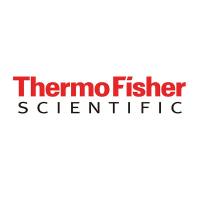Detecting, Visualising, and Quantifying Mucins
互联网
664
The extreme size, extensive glycosylation, and gel-forming nature of mucins make them a challenge to work with, and methodologies for the detection of mucins must take into consideration these features to ensure that one obtains both accurate and meaningful results. In understanding and appreciating the nature of mucins, this affords the researcher a valuable toolkit which can be used to full advantage in detecting, quantifying, and visualising mucins. The employment of a combinatorial approach to mucin detection, using antibody, chemical, and lectin detection methods, allows important information to be gleaned regarding the size, extent of glycosylation, specific mucin species, and distribution of mucins within a given sample. In this chapter, the researcher is guided through considerations into the structure of mucins and how this both affects the detection of mucins and can be used to full advantage. Techniques including ELISA, dot/slot blotting, and Western blotting, use of lectins and antibodies in mucin detection on membranes as well as immunohistochemistry and immunofluorescence on both tissues and cells grown on Transwell™ inserts are described. Notes along with each section advice the researcher on best practice and describe any associated limitations of a particular technique from which the researcher can further develop a particular protocol.






